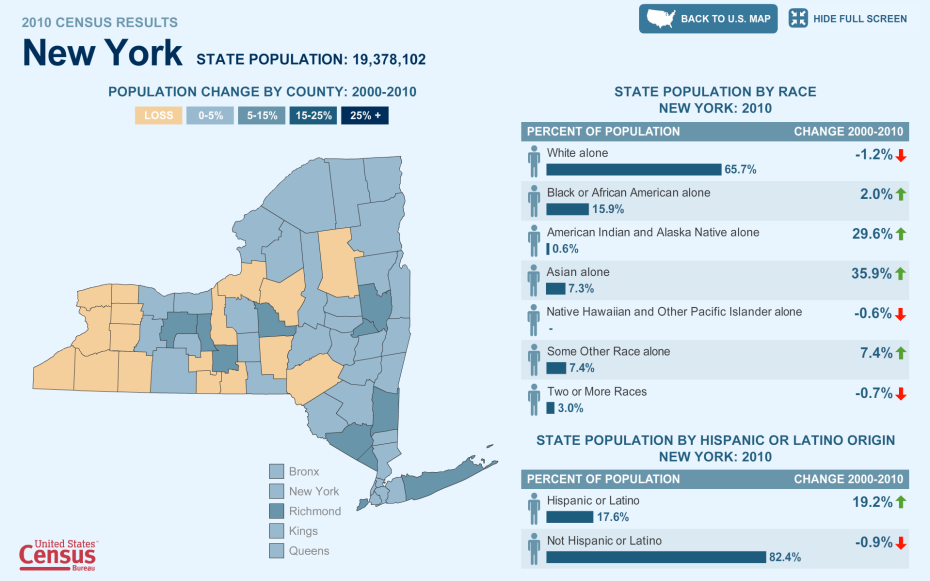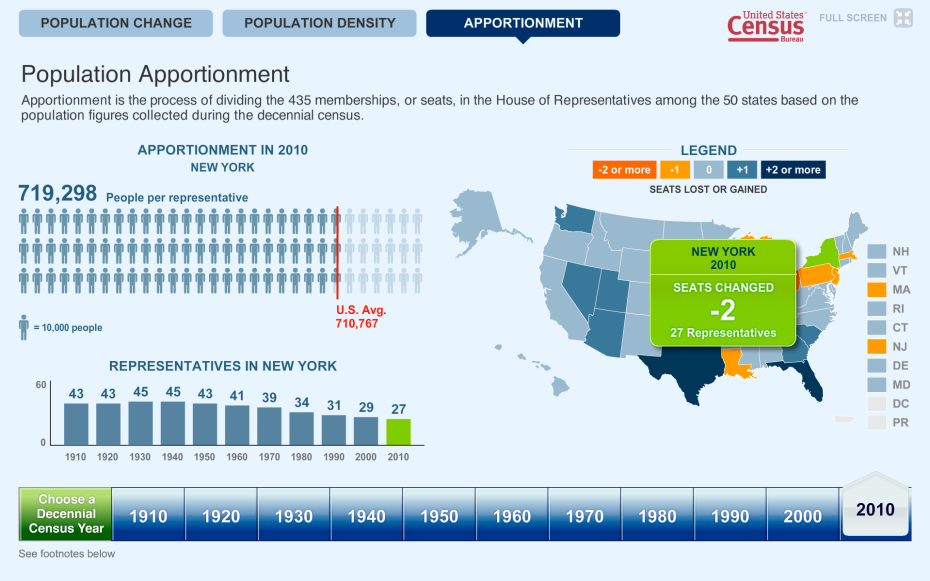Meeting the City Historian Robert von Hasseln last week got me thinking about historic preservation. How can the average homeowner in Amsterdam afford any type of restoration that is keeping with the original design plan?
I discussed briefly with Mr. von Hasseln about the possibility of preserving any architectural detailing or trim from old homes that were set to be demolished, so they could be reused in home restorations. He stated his group, the Historic Amsterdam League did discuss such an effort, but put it on the back burner for now for lack of storage space and the necessary labor to recover such items. I believe the cost of storage and recovery could be offset by resale of these items to those wishing to restore homes and possible receive some type of historic tax credit for doing so.
Restoration can be a very costly process and although it may be more cost effective to demolish, we lose a bit of our history with every building that is taken down. The detailing on the trim of older homes just cannot be replaced today. This is evidenced by the stripping of detailing and bastardization of older homes by slapping on plastic siding, often removing transoms and porches forever altering the original design plan.
I did some research looking into the history of my house on Grove Street, pictured below as it appeared last summer.

This very prevalent design housed Amsterdam’s working class. This particular home dates back to the 1860’s and is one of the oldest of its style remaining on Grove Street. Brittle asbestos siding covers the original wood and decorative window transoms along with shutters have been removed. The original staircase is missing decorative balusters. All of these items exist in properties slated for demolition.
This image of the same house was scanned from a Xerox copy of an old property record card in City Hall. This was before urban renewal. Notice the close proximity of the house next door and behind. The car and antenna wires date the photo to the late 40’s or early 50’s.

The next undated photo was the home of David S. Dunlap located on 33 Grove Street, which no longer exists. It was located in the area that is now a parking lot on the north side of the Amsterdam Mall. This similar style home has a wrap around porch that we do not see in other homes of this style.

According to the 1900 census, Dunlap lived in the residence with his wife and children while operating the Dunlap Dry Goods Company on 51 East Main Street. As Dunlap became more prosperous, he moved to 280 Guy Park Ave and became a member of the school board.

I discovered an 1868 Map of Amsterdam from Ancestry.com which is a great source of documentation for places as well as people. Notice how Amsterdam only occupied a very small section of the map. This is before Amsterdam was chartered as a city in 1885, before the Sanfords, before it acquired Port Jackson and Rock City and other surrounding properties. This is how Grove Street looked in 1868. My house is highlighted.

The next map is Amsterdam in 1905. In the 37 years that separate the two maps, the City of Amsterdam experienced the greatest increase in land, population and housing that it will ever have. This is how Grove Street appeared in 1905.

1868 – The earliest owner I could find of my Grove Street home is listed on the 1868 map as F. Burke, although there were no other details available.
1870 – Prior to 1880 the US Census did not include street information
1880 – John Kennedy, his wife Mary Ann, daughters Mary and Kittie, twin sons George and John lived in 63 Grove Street. John was a carder at a woolen mill, his wife kept house and the children attended school.
1890 – US Census records destroyed by fire.
1900 – Checking the US Census information from 1900, I found the McNally family, born in Ireland, occupied the single family home at 63 Grove Street. Thomas McNally was a printer, his wife Elaine a homemaker, daughter Loretta a milliner, Catherine a dressmaker while Jessica and son Thomas were still in school.
1910 – A native NY family, the Dutchers lived in my house and converted the single family home into a two family, sharing it with the Powell and Calary families. John Dutcher was a carpenter, his wife Sarah a homemaker. Son Fred Dutcher worked as a laborer, John Jr worked as a needlemaker in the needle factory. Alfred Powell (son in law) worked as a cutter in the knitting mill with his wife Alvirah a folder. Their three year old son Dewitt stayed home with his grandmother Sarah. Fifteen year old daughter Ida worked as a lacer in the knitting mill while twelve year old Hattie did not work. Ross Calary worked as a stainer in the knitting mill and his two sisters Sarah and Tressie worked as finishers. There were twelve people living in the house now occupied by me and my two cats!
1920 – The Hopkins family from Germany occupied one floor of my house. August Hopkins worked in the broom factory, his wife Frieda kept house while Lawrence and Charlotte worked in the knitting mill, daughter Grace worked as a clerk in ten cent store and Reinhardt, Elisabeth and Alice attended school. Alexander Dressler, also from Germany lived on in the other half of the house with his Irish wife Helen and American son Sammy. Alexander was an engineer who worked in the knitting mill.
1930 – Joseph Rios from Spain lived in my house with his Italian wife Lorrie and her brother Joseph Campanile. Rios was a caretaker at the cemetery, his wife worked as a waitress in a hotel and her brother a clerk. The second apartment was occupied by Philip Webber from Russia who was employed as a retail clerk.
This map shows how the Grove Street area looks today after major restructuring from urban renewal that eliminated Maple Street, most of Liberty Street and the homes on either side and behind my house.

I have tried to illustrate the historic significance of the buildings that housed Amsterdam’s working class by describing the variety of ethnicities and work contributions of the people that passed through a single home. These are the people comprising the fabric of Amsterdam.
Can a home be considered historic even if it is not a mansion built by a millionaire? Do you know the history of your home? Is historic restoration even a possibility in Amsterdam? The answer is up to you.


































